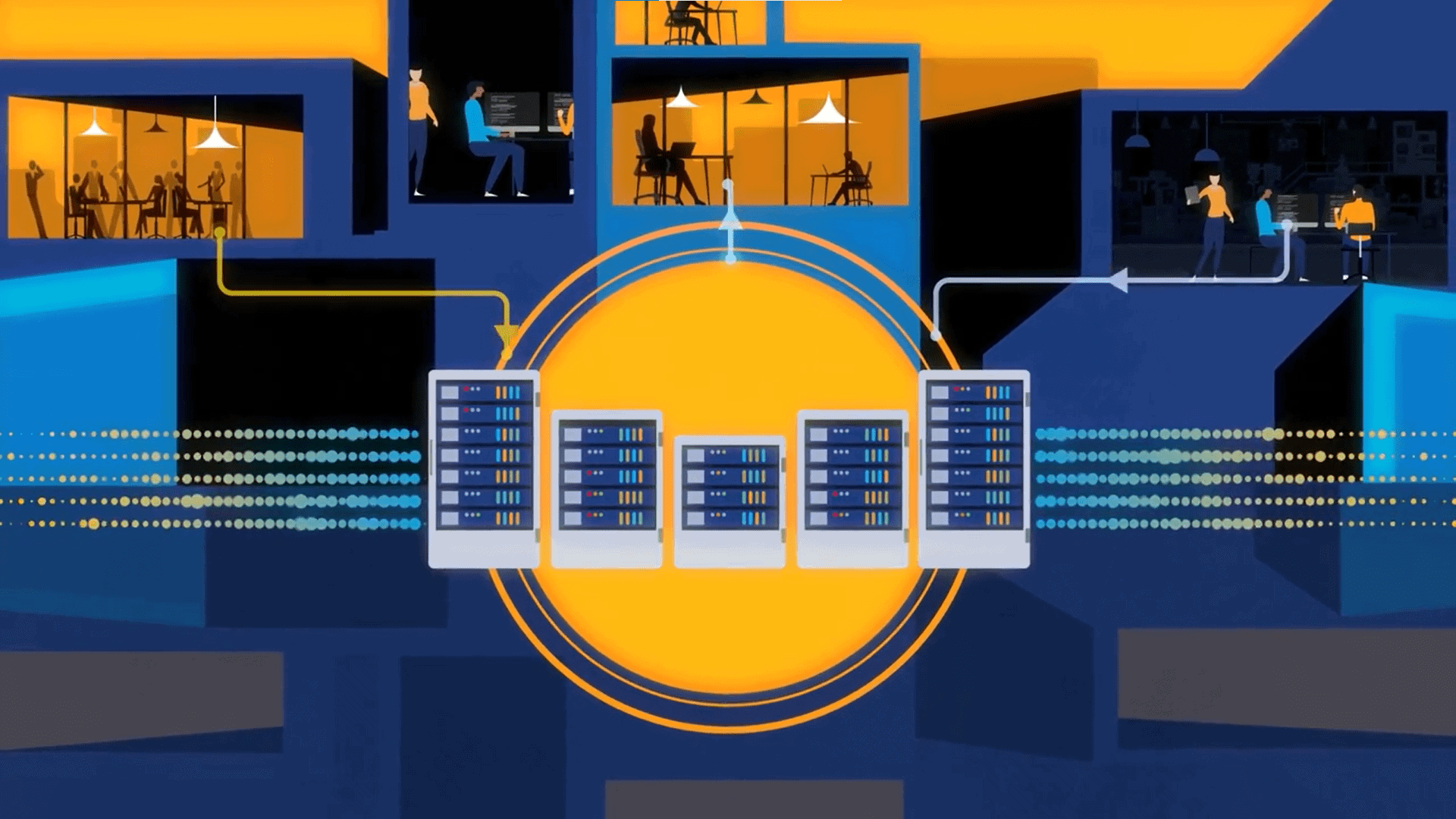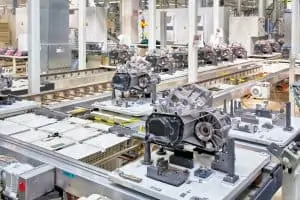
Manufacturers are entering a phase where AI is less about exploration and more about embedding it into the core fabric of operations.
Manufacturing leaders are operating in an environment where every decision is shaped by competing demands – from shifts in customer preferences and trade policy to supply chain disruptions, ongoing labor shortages, and rising cyber threats. Our latest State of Smart Manufacturing Report offers a detailed view of how manufacturers are responding, and the data leaves little doubt that artificial intelligence (AI) and machine learning (ML) are at the center of many of those efforts.
Through the nuances of this data, respondents illuminate how AI implementation is changing manufacturing, why particular use cases are emerging, and what leaders need to do to successfully keep pace with the rate of technological change.
AI Use Cases Leading the Way
AI adoption in manufacturing is nearly universal. According to this year’s survey, 95% of manufacturers have invested in, or plan to invest in, AI/ML over the next five years. While this aligns with what we’re seeing in the industry today, what stands out is the shift from early experimentation to established use cases. One prominent area is AI-powered quality control; nearly half of respondents (48%) indicated plans to deploy AI for this purpose.
This trend is understandable. Quality control remains one of the areas most vulnerable to human error, especially in an environment where manufacturers must continually re-evaluate where and how products are produced around the world. Those shifts introduce new processes and personnel, which in turn increases the potential for errors. Manufacturers are responding by pairing AI use cases with flexible automation solutions to maintain quality across a dynamic production landscape.
Cybersecurity is another area where AI is becoming a top use case. IBM’s X-Force 2025 Threat Intelligence Index found that manufacturing was the most-targeted industry for four consecutive years. As cyber threats become more complex, manufacturers know that human teams alone can’t monitor and respond to risks quickly enough. Nearly half (49%) of survey respondents said they plan to use AI/ML to support cybersecurity efforts over the next year.
AI’s role in manufacturing doesn’t end with cybersecurity or quality control. Robotics is emerging as a major next frontier, with 37% of survey respondents listing it as one of their top AI/ML use cases this year. While technologists continue to debate the future of physical AI, manufacturers are already putting it to work. Some have begun experimenting with fleets of autonomous robots that consistently move goods around warehouses; ensure materials get into, through, and out of production areas; and even handle tasks traditionally considered hazardous. This trend underscores a broader focus on physical AI where intelligent systems are deployed directly in production environments, not just in analytics platforms or control rooms.
See also: Digital Twins Pave Way for AI-Enabled Smart Factories
The Importance of Workforce Readiness
Despite the momentum, manufacturers continue to face barriers when scaling AI across the enterprise. Among the most pressing issues is workforce resistance to change. This year, 30% of leaders identified it as their top leadership challenge.
Much of this tension stems from a lack of visibility into how changes benefit workers directly. While manufacturers are investing in automation, AI/ML, and new digital tools, employees may not yet see these efforts as improvements. Employees need to see and feel the value of change, whether it’s through major shifts like automating hazardous work and retraining those workers to manage the new systems, or through simple tools like a chat feature that improves insights on the production floor, leading to operational efficiencies or reduced downtime. Linking technology to meaningful outcomes helps employees feel part of the transformation, rather than subject to it.
A growing number of manufacturers are taking a long-term view of workforce development, treating training as a strategic investment rather than just a support function. Nearly half (48%) of manufacturers surveyed plan to repurpose employees into new or different roles, realizing that transformation depends on a workforce that can evolve alongside the technology.
The competencies in highest demand reflect the industry’s direction. Smart manufacturing initiatives are increasing the need for employees with AI and cybersecurity expertise, and leaders identify AI as the single most impactful technology for addressing workforce challenges. Forty-seven percent of manufacturers surveyed say the ability to apply AI is an “extremely” important skill within their organizations. An equal share—47%—believe that cybersecurity skills and standards are “extremely” important, especially when recruiting new talent. But being technically proficient isn’t the only thing manufacturers are looking for; 83% of respondents said that analytical thinking and communication or teamwork are the most important skills when recruiting the next generation of manufacturing professionals. This combination of digital fluency, security awareness, and collaborative problem-solving will allow manufacturers to capture greater value from both their workforce and technology investments.
Getting The Most Out of AI Investments
The manufacturers surveyed see AI playing a critical role in helping manufacturers drive cost and time savings, as well as creating efficiencies and streamlining processes, over the next five years. The report shows that AI is moving from a set of isolated pilots to a core element of technology strategy, particularly in areas such as quality control, cybersecurity, process optimization, and supply chain management.
To realize these benefits, manufacturers are prioritizing specific use cases with clear, measurable returns like reducing downtime or improving yield. These targeted deployments help prove ROI early, which in turn builds momentum for wider adoption. The survey also shows an increasing focus on integrating AI with other smart manufacturing technologies, including robotics, quality management systems, and cybersecurity platforms, to amplify benefits across the enterprise.
Workforce enablement is equally important. As AI reshapes tasks and responsibilities, manufacturers will need to invest in training and change management to ensure teams understand and trust the technology. This combination of technical readiness, process integration, and human adoption is critical for maximizing the return on AI investments.
Where Manufacturers Go from Here
Manufacturers are entering a phase where AI is less about exploration and more about embedding it into the core fabric of operations. Quality control, cybersecurity, and robotics are leading the way, but the long-term value will come from how well these technologies are connected, governed, and supported by a skilled workforce.






























